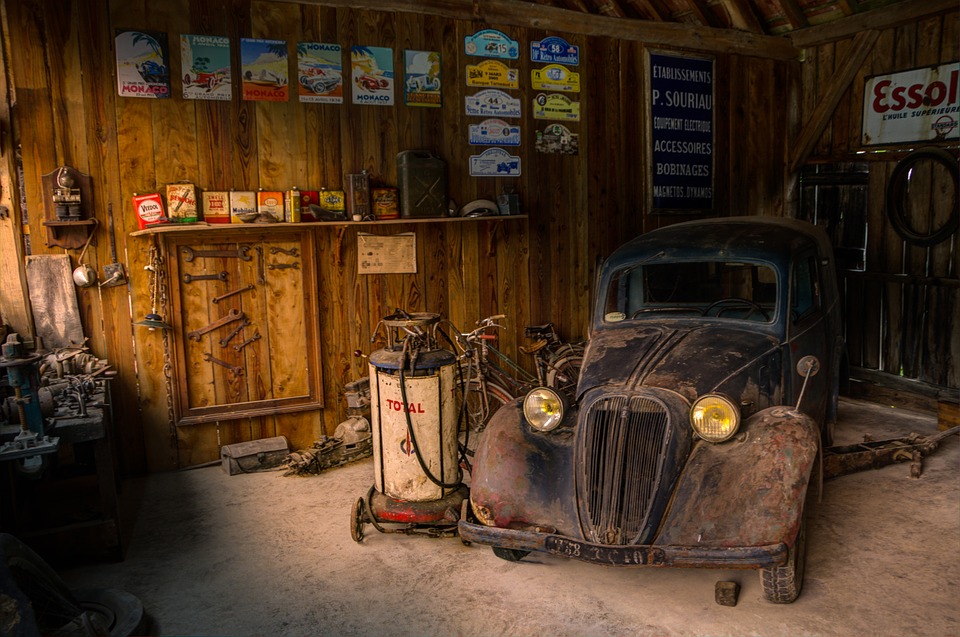
Introduction
Mechanical engineering concerns the design, construction and use of mechanical devices. This covers a broad range of machines such as internal combustion engines, industrial equipment and manufacturing plants. The program offers students the opportunity to learn real-world engineering principles, analyse and interpret machine performance and detailed analysis of machines.
Students studying Mechanical engineering cover a wide range of topics including mechanics, thermodynamics, fluid mechanics and materials. Students will carry out individual project work, which allows them to apply the knowledge they have gained during their studies to a problem in Mechanical engineering as well as visit industrial sites,
The Mechanical engineer developed by this program is a skilled, practical engineer with the knowledge of machine design who will have opportunity to work in a mining sector, manufacturing plants, cements plants etc. both locally and abroad.
Rationale
A degree programme in Mechanical Engineering provide support and expertise to those areas in schools such as mines and mineral sciences, business, natural resources and the built environment which all have components of mechanical engineering in their curricular. Job opportunities for graduating students are plentiful, encompassing both the private and public sectors. The degree is popular to school leavers and current employees in both the private and public sectors who may wish to upgrade their qualifications.
Third Year
Application of Laplace transforms to solve differential equations
Fourier series
Fourier Transforms
Multiple Integration
Vector Algebra
Vector calculus
Partial Differential equations
Functions of complex variables
z- transforms and difference equations
Strengthening Mechanisms
Diffusion
Nucleation and Growth
Creep
Fatigue
Brittle Fracture
Properties and uses of metals
Design and Manufacture Interface
Product Development (total approach
Design for Sustainability and the Environment
Engineering Design Methods
Dimensioning and Tolerancing
FLUID STATICS
BASIC FLUID DYNAMICS
ENERGY EQUATIONS
MOMENTUM EQUATION
BEHAVIOUR OF REAL FLUIDS
FLOW IN PIPES
OPEN CHANNEL FLOW
PROPERTIES OF PURE SUBSTANCES
WORK AND HEAT
THE FIRST LAW OF THERMODYNAMICS
THE SECOND LAW OF THERMODYNAMICS
ENTROPY
REVERSIBLE WORK, IRREVERSIBILITY AND AVAILABILITY
GAS POWER CYCLES
VAPOUR POWER CYCLES
REFRIGERATION CYCLES
COMBUSTION
VELOCITY IN MECHANISMS
ACCELERATION IN MECHANISMS
FRICTION
BELTS, ROPES & CHAIN DRIVES
GEARS & GEARINGS
GEAR TRAINS
- BALANCING OF ROTATING MASSES
- LONGITUDINAL & TRANSVERSE VIBRATIONS
- TORSIONAL VIBRATIONS
Stress and strain
Theory and buckling of columns
Deflection of beams and shafts
Transverse shear
Stress transformation
Strain transformation
Torsion
Energy methods
Continuous beams
Bending
Combined loading
Fourth Year
Laplace Solution Method
Introduction to modelling forms
Mechanical systems
Electrical systems
Electromechanical systems
Performance specifications
Fluid systems
Thermal systems
System identification
Frequency response
Introduction to control systems
- Introduction to Internal Combustion Engines
- Cycles and Processes for ICE’s;
- Performance of ICE’s
- Systems for ICE’s
- New Engine Concepts
- Fuels and Their Chemical Reactions in Combustion
- Steam Turbines
- Gas Turbines
- Exhaust Emissions from Engine Combustion and their Control.
Searching for design concepts;
Concept of manufacturing;
Need for integration-commercial, economic and technological perspective;
Product and process design- for integration;
.
Problem solving techniques.
Development and use of applicable analytical techniques used in proving a design solution.
Production of 3-D models and assemblies in support of a design solution.
Research and investigation into design possibilities, component or system availability and incorporation into a design, justification for a design configuration, innovation or adaptation.
Writing a project report containing an explanation and justification of the design.
INTRODUCTION TO COMPUTATIONAL FLUID DYNAMICS:
Failure Prevention- Static Failure
Failure Prevention- Fatigue failure
Introduction to Analysis tools- Finite Element Analysis (FEA)
Reliability and Quality control in design
Tolerances and fits
Gears
Shafts
Hydrostatic bearings
Clutches, coupling and Brakes
Springs
Bolted, riveted and welded joints
Belts and pulleys
Power transmission systems
Dynamic load systems
Professional communication techniques
The Role of Statistics in Engineering
Descriptive Statistics
Probability
Discrete Random Variables and Probability Distributions
Continuous Random Variables and Probability Distributions
Joint Probability Distribution
Sampling Distributions and Point Estimation of Parameters
Statistical Interval for a Single sample
Tests of Hypotheses for a Single Sample
Design and Analysis of Single-Factor Experiments: The Analysis of Variance
Fifth Year
Problem solving techniques
Production of 3-D models and assemblies in support of a design solution.
Writing a project report containing an explanation and justification of the design.
Entrepreneurship
Developing Mission, Vision, and Values, Strategizing
Motion of Systems of Particles
2D Motion of Rigid Bodies
Introduction to Lagrangian Dynamics
Mechanical Vibrations
Renewable energy
Co-generation
Energy Efficiency
Energy and Environment
Air Refrigeration Cycles
Air Refrigeration systems
Simple Vapour Compression Systems
Compound Vapour Compression Systems
Multi-evaporator and Compressor Systems
Vapour Absorption Refrigeration Systems
Refrigerants
Refrigerant Compressors
Condensers
Evaporators
Expansion Devices
Food Preservation
Low Temperature Refrigeration (Cryogenics)
Steam Jet Refrigeration System
Psychometry
Comfort Conditions
Air Conditioning Systems
Cooling Load Estimation
Ducts
2.Heat conduction Equation
3. Steady Heat Conduction
4.Transient Heat Conduction
5.Numerical Methods in Heat Conduction
6.Fundamentals of Convection
7 Heat. Exchangers
8.0 Fundamentals of Thermal Radiation
9.0 Mass Transfer
Similarity laws in turbomachinery and dimensional analysis
Cavitation
Hydro power generation
Pelton wheel
Francis Turbine
Torque convertors and hydraulic couplings
Wind turbine
- Theory of automobiles.
- Vehicle performance
- Braking theory
- Wheel, suspension and vibration characteristics
- Fuel economy characteristics
- Design and construction features of automobiles
- Brake testing, wheels, tyres and suspension system;
- Introduction to transport organisation.
FRICTION
WEAR
PHYSICAL PROPERTIES OF LUBRICANTS
LUBRICANTS AND THEIR COMPOSITION:
HYDRODYNAMIC LUBRICATION :
HYDROSTATIC LUBRICATION:
ELASTOHYDRODYNAMIC LUBRICATION
BOUNDARY AND EXTREME PRESSURE LUBRICATION:
BEARING SELECTION
